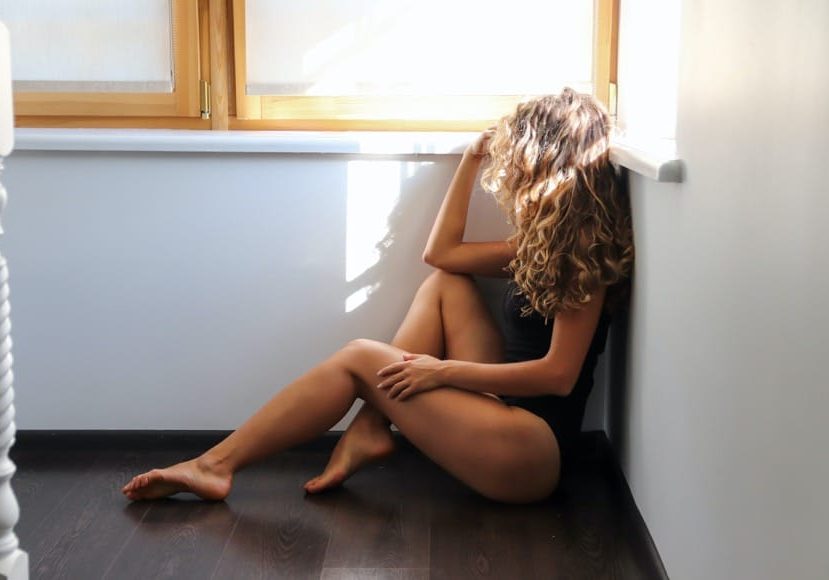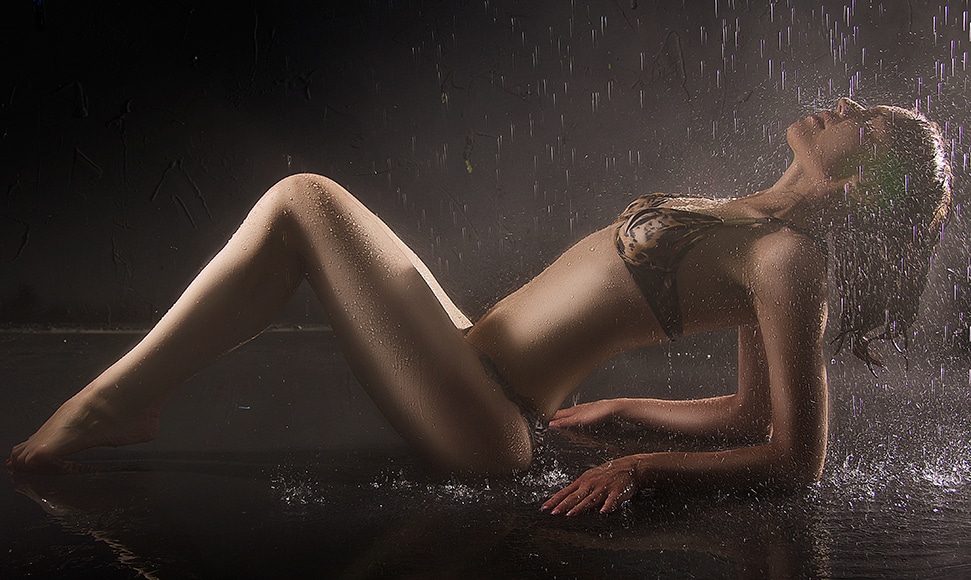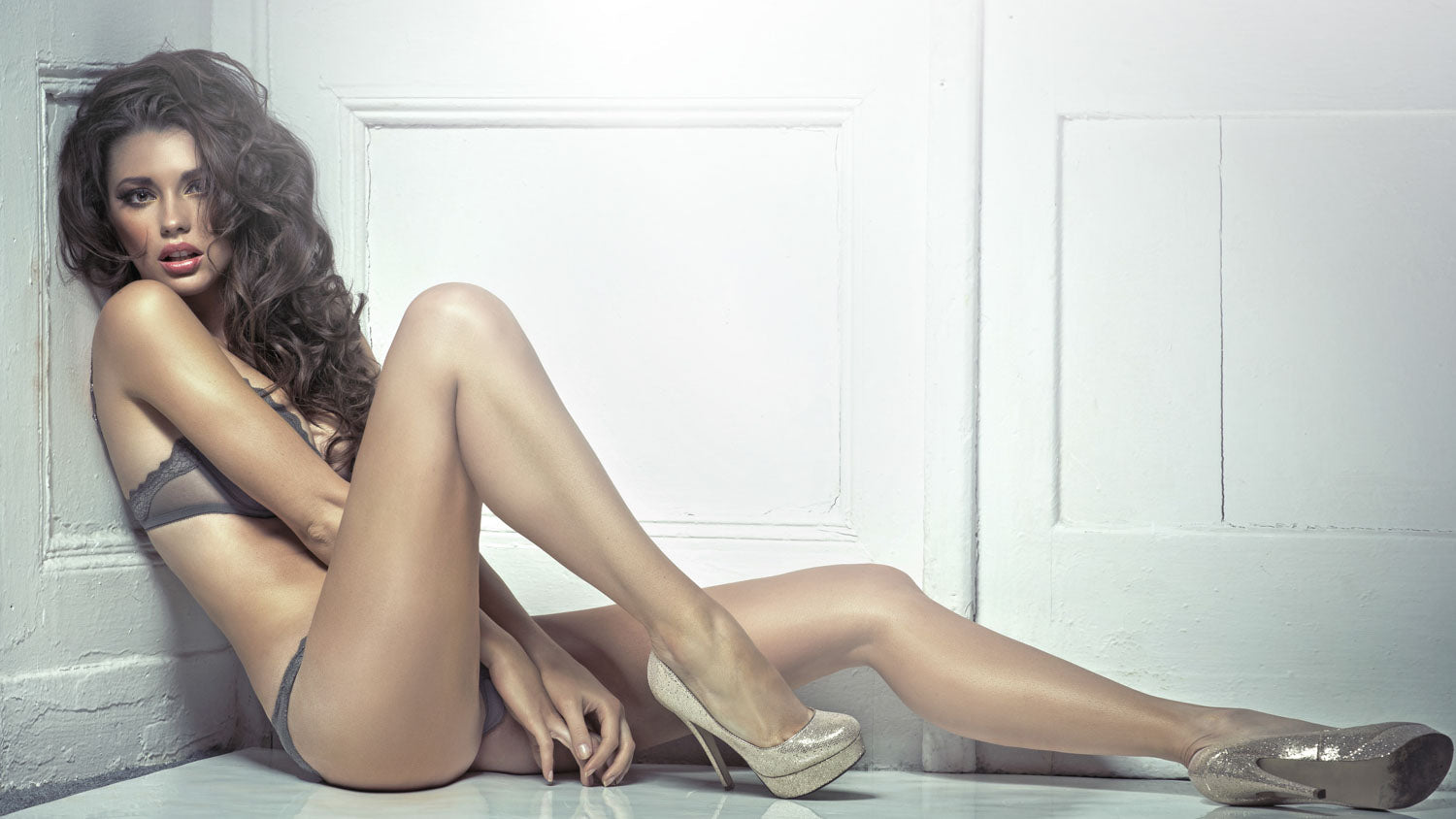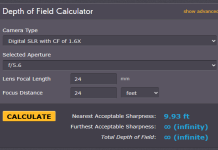So, I figured I’d spend a bit of time looking into this whole area of pose names. It wasn’t for anything super specific at first, more just a general curiosity that got sparked when I was flicking through some magazines and art books, wondering how they even come up with these labels.

My First Steps Down the Rabbit Hole
Naturally, the first thing I did was hop onto my computer. I just typed in some general search terms, like “pose names” or “common model poses,” something along those lines. And boy, did I get a lot of results. It was a bit overwhelming, to be honest. Lists and lists, some with pictures, some without. Some names sounded quite descriptive, others were a bit more… abstract, let’s say.
I started just scrolling through, trying to get a feel for what was out there. It felt like a bit of a mess at first, with no real standard way of naming things. Some sites had one set of names, others had completely different ones for what looked like the same pose. That was a bit frustrating, not gonna lie.
Trying to Make Sense of It All
After a while of just aimless clicking, I realized I needed a better approach. So, I grabbed a notebook. Old school, I know, but it helps me think. I started jotting down names that kept popping up, or ones that seemed particularly interesting or common.
Then, I tried to categorize them. It wasn’t very scientific. I just made rough groups like:
- Standing poses
- Sitting or kneeling poses
- Lying down poses
- Leaning poses
Within those, I’d write down the names. For example, under “standing,” I might have seen things like “contrapposto” (though that’s a bit artsy, not always what you see on casual lists), or more simple ones like “hand on hip,” or “looking over shoulder.”

The biggest challenge was that so many names seemed made up on the spot, or were just variations of a theme. You’d see “The S-Curve,” “The Subtle S-Curve,” “The Extended S-Curve.” It felt like people were just adding adjectives!
What I Did to Actually Remember Some
Just writing them down wasn’t enough for me. To actually get a feel for what these names meant, I tried to visualize them. Sometimes, if a name was really vague, I’d specifically look for images associated with that exact term. That helped connect the word to an actual physical form.
I also found that some names were just easier to remember because they were more evocative or descriptive. “The Teapot” is a classic, pretty easy to picture, right? Others, like “The Enigma” or something equally dramatic, didn’t stick as well unless they were really iconic and I saw them a lot.
I didn’t try to memorize everything. That would have been impossible and, frankly, a waste of time for my purposes. I focused on understanding the common ones, the building blocks, you could say. Once you get those, you start seeing them everywhere, just with slight tweaks.
My Final Takeaway
So, after spending a good few hours on this, I didn’t become an expert on “sexy pose names” or anything. But I did get a better understanding of how they’re used and the sheer variety out there. It’s less about a fixed dictionary and more about a descriptive shorthand, I think. Some names are classic, some are trendy, and a lot are just people trying to describe a visual with words.

For me, the most useful part was just the process of trying to organize the chaos a bit. It made me look closer at the poses themselves, rather than just passively seeing them. And I guess that was the real point of my little exploration.










